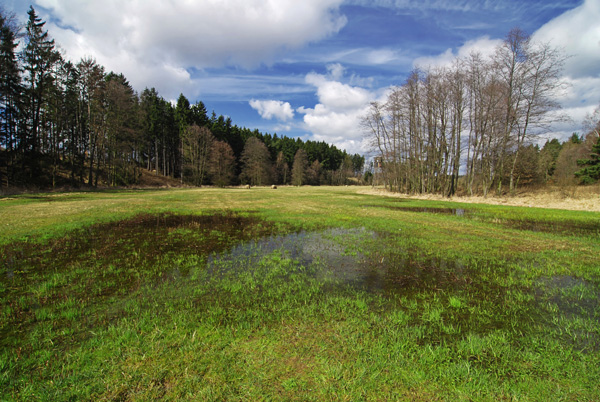Dealing with a pesky outdoor drainage problem can cause a home or business owner ample frustration.
Not having proper drainage can result in numerous problems, including mosquito and bug infestations as well as building damage. Rainscapes can evaluate trouble spots, design and install to help alleviate drainage problems.
Importance of Effective Drainage Systems
Effective drainage systems are essential for maintaining the health and vitality of your landscapes, whether residential or commercial. They serve a vital role in managing water runoff, especially during heavy rainfall or irrigation, to prevent soil erosion, waterlogging, and potential flooding. Without a properly functioning drainage system, excess water can accumulate, leading to overly saturated soil and adverse conditions for plant growth.
Overly saturated soil can also weaken the structural integrity of built structures, including your home or commercial building, leading to potential damage or costly repairs. This is particularly crucial in areas prone to heavy rainfall or with certain soil types that do not absorb water effectively.
Moreover, stagnant water caused by poor drainage can create a conducive environment for pests and disease-carrying insects like mosquitoes to breed, posing health risks for inhabitants. It can also result in unsightly patches of damp, discolored, and often foul-smelling areas on your property, negatively impacting its aesthetic appeal.
Effective drainage systems are designed to combat these problems. They help manage water runoff, directing it away from your property to designated areas, thus preventing water accumulation and its associated problems. By doing so, they maintain the optimal moisture balance in your soil, ensuring the health of your lawn and plants, and preserving the beauty and value of your property. Hence, investing in a reliable drainage system is vital for sustainable property maintenance and landscape health.
Understanding Your Drainage Needs
Understanding your specific drainage needs is a critical step in ensuring the overall health and sustainability of your landscape. A one-size-fits-all approach may not be effective, as each landscape has unique characteristics that can affect its drainage requirements. Here are some key factors to consider:
- Soil Type: The type of soil in your landscape plays a crucial role in determining your drainage needs. Sandy soils, for instance, have excellent drainage properties but may not retain enough water for plant growth. Clay soils, on the other hand, retain water well but can lead to waterlogging due to poor drainage.
- Landscape Gradient: The slope or gradient of your landscape can significantly impact how water flows or pools. Flat areas may struggle with standing water, while steep slopes can suffer from rapid water runoff and soil erosion. Understanding your landscape’s gradient can help you choose the right drainage solution to manage these issues effectively.
- Climate and Rainfall: Your local climate and average rainfall also dictate your drainage requirements. Areas prone to heavy rainfall or sudden downpours need robust systems to manage large volumes of water quickly, whereas drier climates may require less intensive drainage solutions.
- Plant Needs: Different plants have different water requirements. Some plants need well-drained soil, while others can tolerate or even thrive in wetter conditions. Considering the specific needs of your landscape’s plant life is crucial when planning your drainage system.
Improve your yard’s drainage now without worry. Learn more about our deferred interest and payment plans offered by GreenSky on our Financing page.

Find Out More
Learn more about Drainage Solutions.

